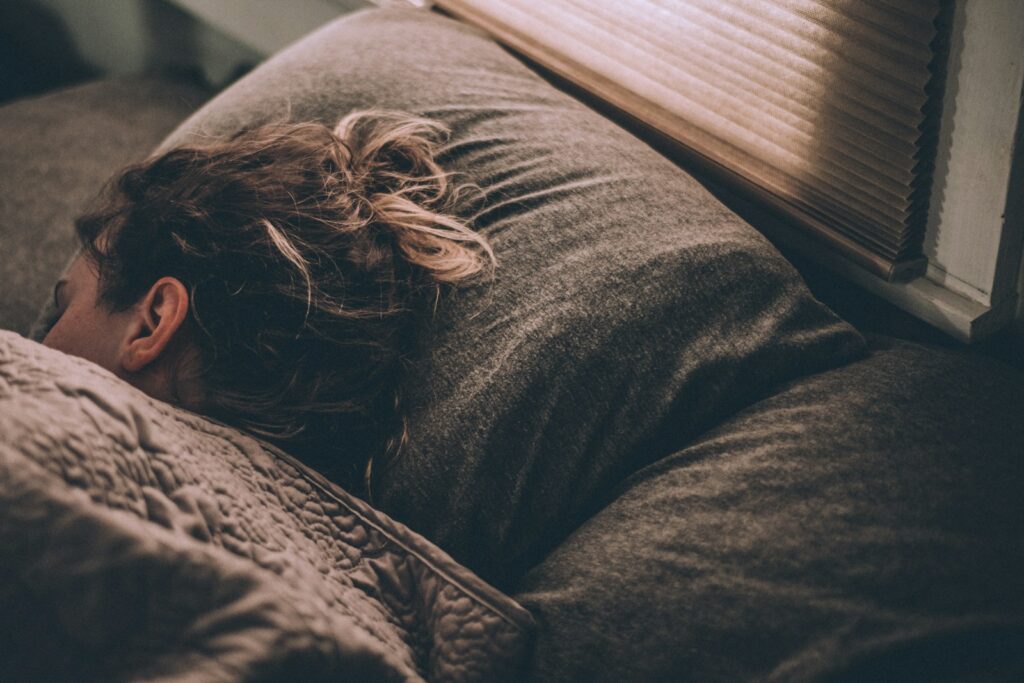Navigating Sleep Health: From Snoring to Sourcing CPAP Machines in Canada
Sleep apnea, which is frequently accompanied by disruptive snoring, is the most common sleep disorder that affects millions of Canadians. Continuous Positive Airway Pressure (CPAP) therapy is frequently the first step on the road to restful sleep for those who have been diagnosed. It’s critical to comprehend the root cause of the problem as well as the most effective treatment options. In order to obtain CPAP machines Canada provides, residents seeking treatment will find it easy to navigate the healthcare and retail landscapes. Usually, a prescription from a healthcare provider is needed after a conclusive sleep study. By using pressurized air to maintain the user’s airway open, these vital medical devices effectively treat obstructive sleep apnea and the health risks that go along with it while also significantly enhancing the quality of sleep.
Deciphering the Rattle: Knowing What Leads to Snoring
Snoring is a primary indicator of possible sleep apnea and is much more than just an annoying sound. It is the auditory symptom of restricted airflow during sleep. Examining the mechanics of breathing while the body is relaxed is necessary to comprehend what causes snoring. The soft palate, uvula, and base of the tongue are the throat tissues that vibrate when air passes over them, causing snoring.
Upper airway muscle tone naturally declines during deep sleep. This relaxation narrows the passage for some people by allowing the soft tissues to partially collapse. The distinctive rattling sound is produced by the tissues fluttering when air is forcefully inhaled or exhaled through this small opening. The degree of airway narrowing is directly correlated with the snore’s volume and intensity.
The intensity and frequency of snoring are frequently influenced by a number of factors:
Anatomy: A person may be more prone to snoring if they have a large tongue, long soft palate, large tonsils or adenoids, or a naturally narrow throat.
Weight: Carrying too much weight around the neck can cause fat deposits that constrict the airway when you’re lying down.
Sedatives and alcohol cause the central nervous system to relax excessively, which increases the muscle hypotonia (relaxation) in the throat and exacerbates snoring.
Nasal Problems: People who suffer from allergies, chronic nasal congestion, or a deviated septum may be forced to breathe through their mouth, which increases the likelihood that the tissues in their throat will vibrate.
Sleep Position: Lying on one’s back causes the tongue and soft palate to be pulled backward by gravity, which frequently makes airway restriction worse.
Frequent and loud snoring, particularly when accompanied by choking sounds or observed breathing pauses, strongly suggests Obstructive Sleep Apnea (OSA), even though it can occasionally be categorized as “primary snoring” (a social annoyance). Formal diagnosis and intervention are necessary for this underlying medical condition, which usually results in the need for a CPAP device.
Purchasing CPAP Equipment in Canada
Following a doctor’s prescription for CPAP therapy, Canadian patients can choose from a number of reliable local and online vendors for CPAP machines. Working with a Registered Respiratory Therapist (RRT) from a home healthcare provider or specialty sleep clinic is frequently part of the process. These experts are essential because they help with patient education, appropriate pressure setting programming, and equipment fitting.
Patients should be aware of the following aspects regarding coverage and cost:
Provincial Health Coverage: In Canada, provincial health plans (such as OHIP, MSP, or RAMQ) typically do not cover the cost of CPAP machines and supplies.
Private Insurance: Employer-sponsored Extended Health Benefits (private insurance) plans pay for the majority of the expenses. Many plans cover 80% to 100% of the machine, mask, and replacement supplies (such as filters and tubing), though coverage levels vary greatly.
Assistive Device Programs (ADPs): ADPs are programs that some provinces provide to residents with low incomes or no private insurance to help subsidize the purchase of durable medical equipment.
Quieter motors, integrated humidification systems, and sophisticated algorithms like auto-CPAP (APAP), which automatically adjusts pressure throughout the night, are all features of the newest CPAP technology available in Canada. The Canadian healthcare system guarantees that patients can effectively obtain the equipment required for transformative sleep quality improvements by tying the specialized supply chain to the patient’s need—resolving the airway restriction that causes snoring and sleep apnea.




